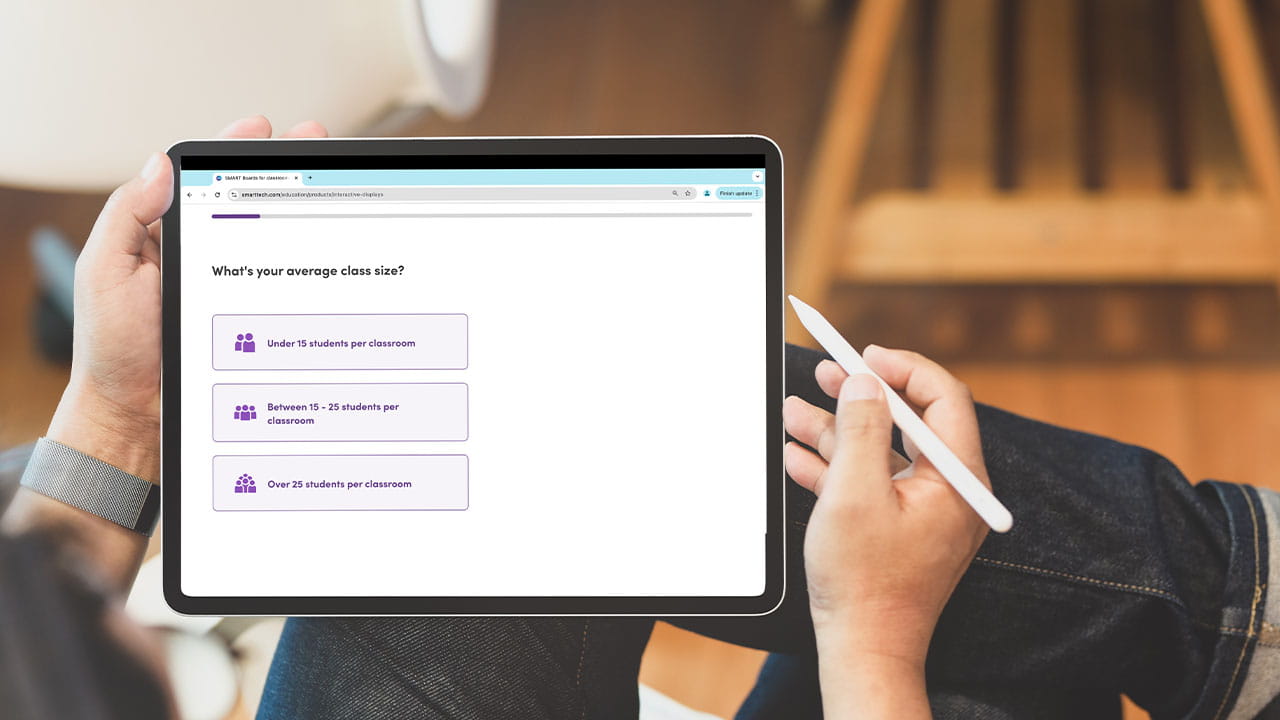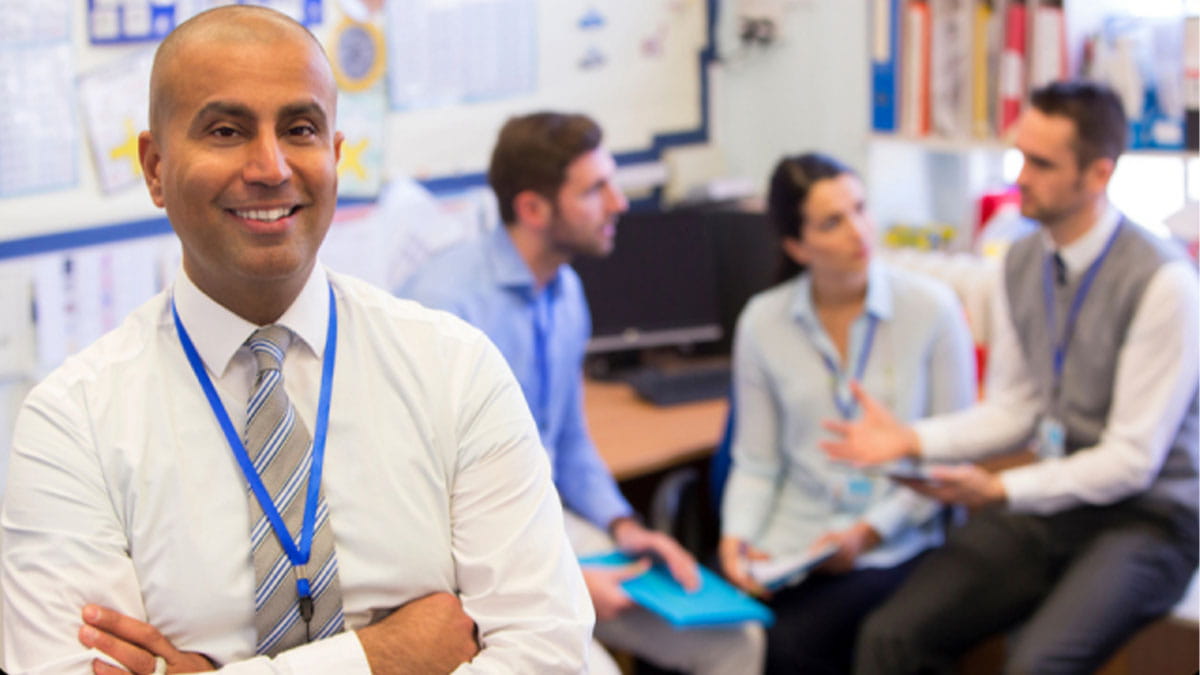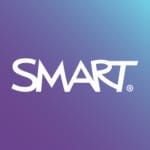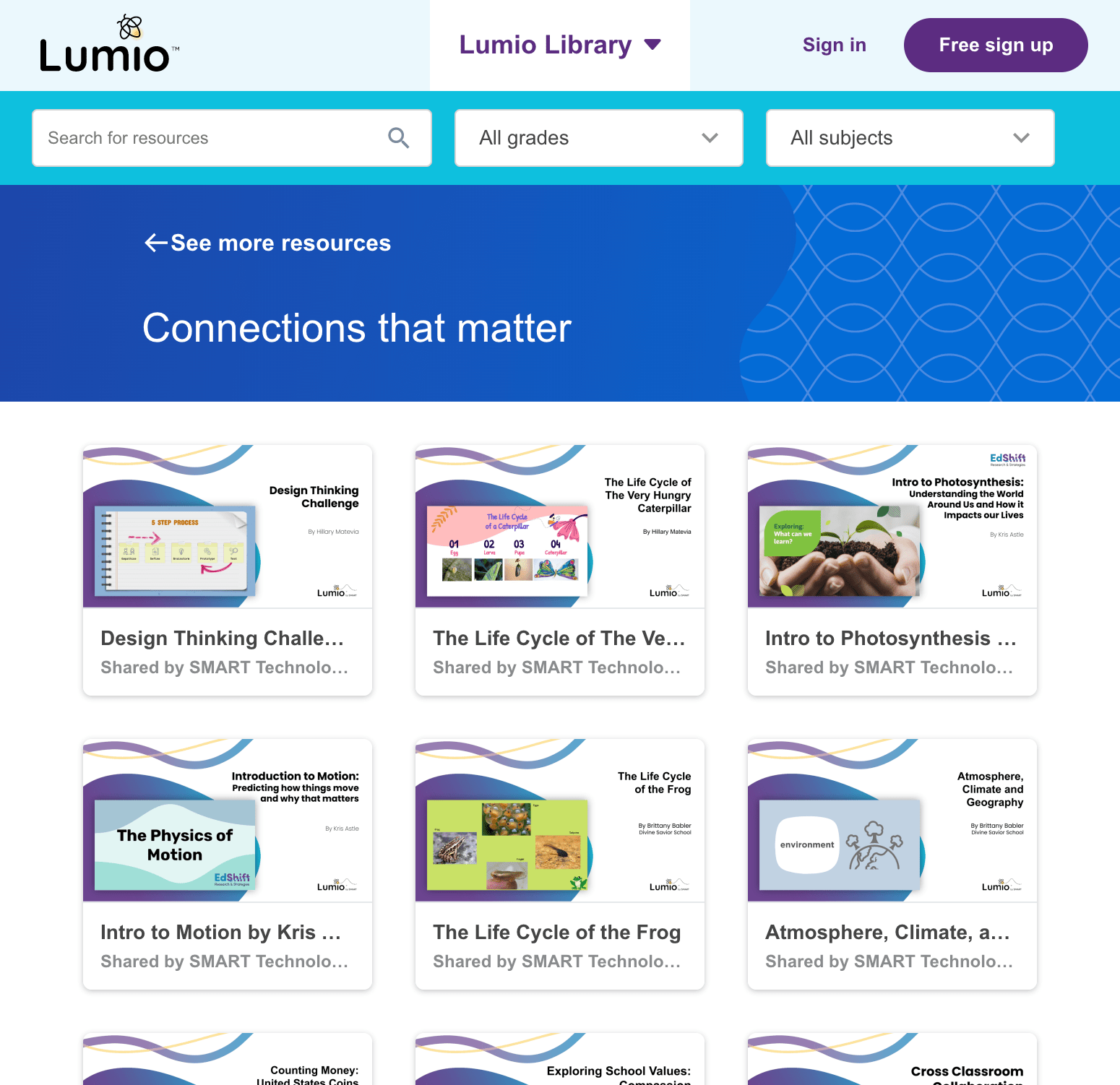Using active learning to weigh source reliability
Perspective. Bias. Reliability. Weighing the source. Though students at Parcells Middle School are studying documents that are hundreds of years old, social studies teacher Alexis Lecznar knows that the skills she’s imparting on her students are actually very modern.
We can scroll through our own social media feeds, and anybody can post anything,
Lecznar said. We’re starting to get students to understand, ‘How does this apply to when I'm trying to find information about something that I care about in today's world? How do I find the reliability and the sourcing within the information I take in … as I'm scrolling through Instagram or Facebook or Tik Tok?
Lecznar’s students are studying the Middle Passage, the harrowing journey that slave ships took across the Atlantic as part of the American slave trade from the 16th-19th centuries. The goal is more than just learning about the event, however. The goal is learning to critically assess the source from which you’re learning.
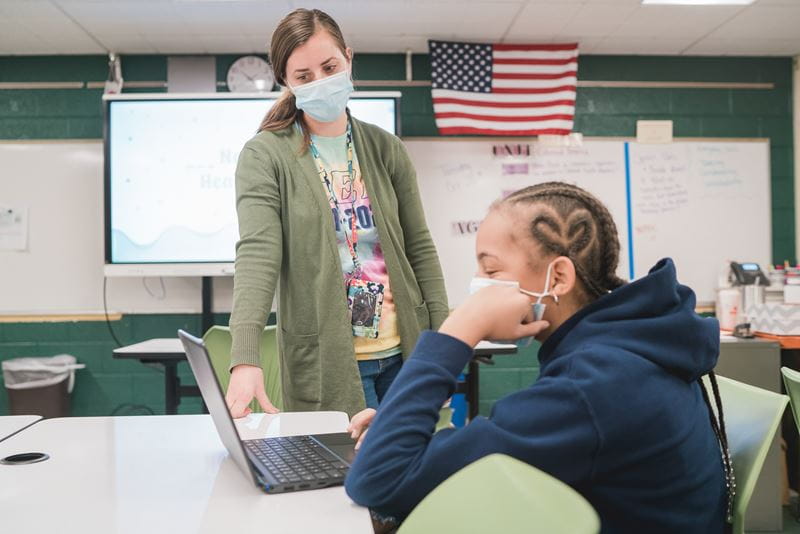
Students assess five different documents for their perspective and reliability, and then collaborate to present their assessments - how reliable is each document?
Lecznar puts a strong emphasis on using these skills in our modern world as well.
My goal is that they understand the topic at hand with depth, and that they know how to take those skills of sourcing, corroborating, contextualizing and clustering and apply them to their real world,
she said. You know, they live in a world of influencers. How do they see past that to really understand what is true and what isn't?
SMART EdTech makes deep learning a dynamic experience
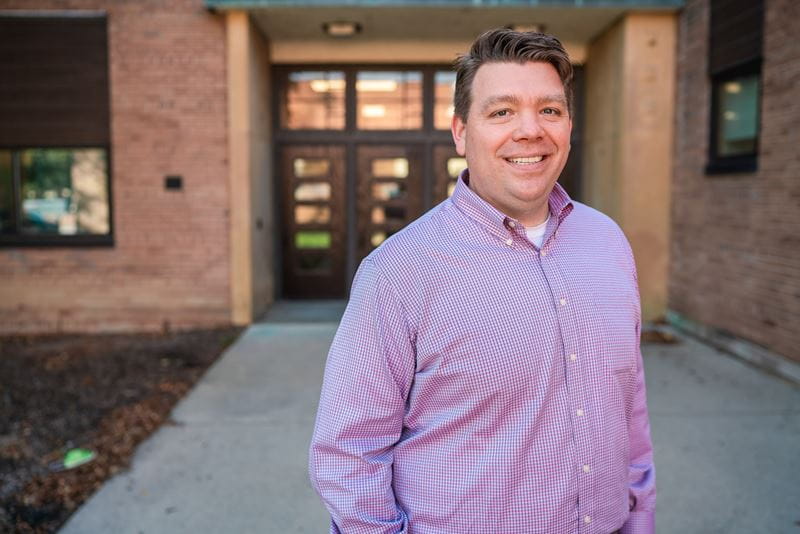
In Lecznar’s class, students are able to access content and display learning through classroom tech such as 1:1 devices, the class SMART display, and Lumio.
Chris Stanley is the Director of Instructional Technology for the Grosse Pointe Public School System. He says that SMART products were an easy choice for the school system to stick with for more than 10 years because of the wide range of opportunities that were offered for both teachers and students.
Using SMART helps us create a lot of deeper connections for learning. It's no longer just the teacher providing information to students,
he said. The students are not only able to grapple and learn from that information, but they're able to share their point of view as well, which really creates a diverse learning environment for our kids.
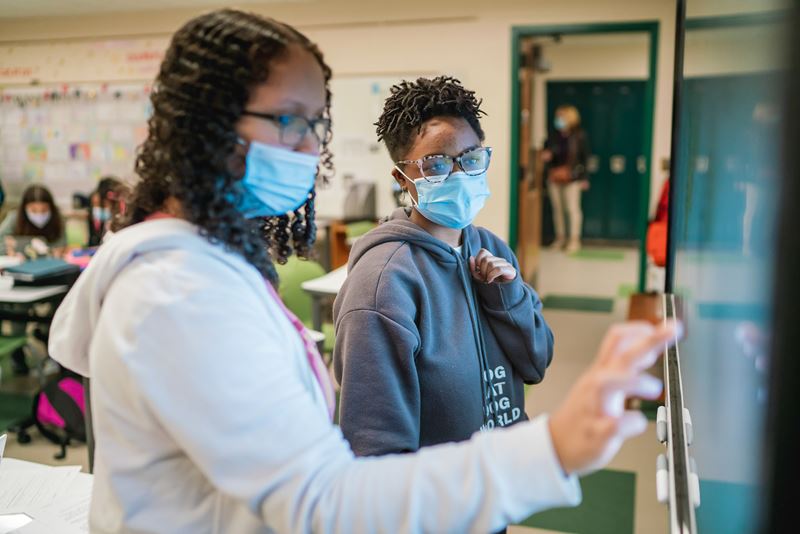
It’s that ability to diversify for all learning types that appeals to Lecznar as well.
Using technology helps us meet all these students where they're at, and then bring them up to wherever their next level may be,
she said.
Stanley is an integral part of the tech training and rollout to the whole district. His best advice for teachers who want to get started with tech?
It's okay to feel uncomfortable. When there's something new that's out there … I always tell our teaching staff,
It's okay, you're not going to break anything, and explore because that's really the best way to do this.
It all comes down to the social-emotional connection
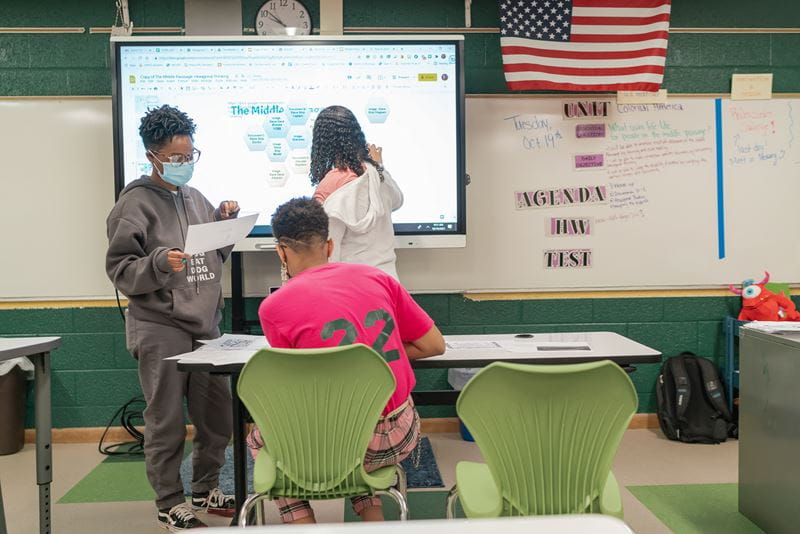
Lecznar points out that emotionally heavy topics such as the Middle Passage require a strong sense of connection between the students, teacher, and peers.
I think of myself as a student. I didn’t always perform well for the classes that I didn't feel connected to. So I want them to feel connected to what we're doing and I want them to feel connected to each other so they're able to have these tough conversations.
I don't believe there are any bad ideas when it comes to trying to be impactful for student learning. Our students are digital natives. They've grown up completely comfortable with technology; they're far less afraid of it than we are.
- Kenneth Milch,
Principal at Parcells Middle School
